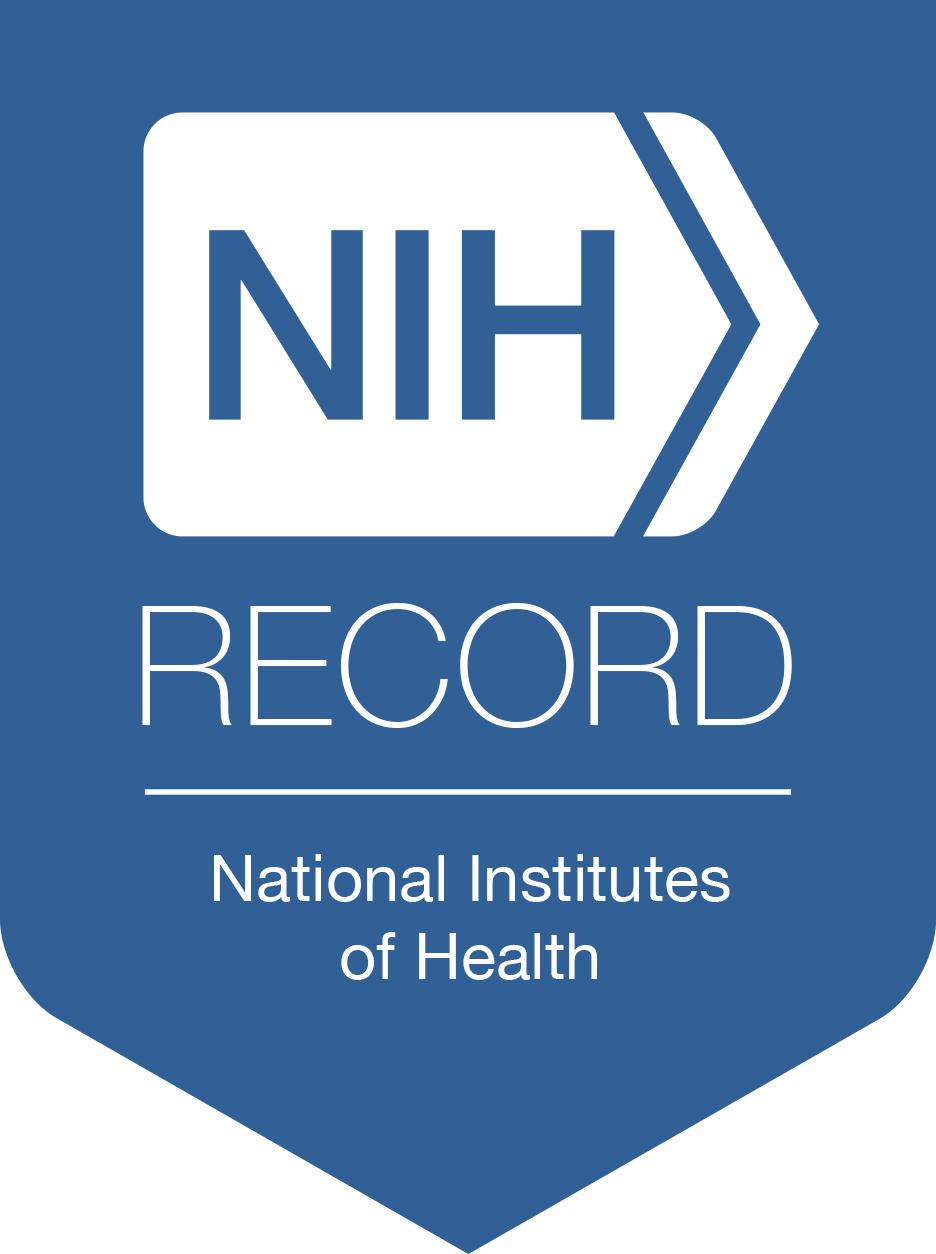Human Forebrain Circuits Under Construction in a Dish
NIH-funded neuroscientists have created a 3-D window into the human brain’s budding executive hub assembling itself during a critical period in prenatal development. What’s more, they used it to discover and experimentally correct—in a petri dish—defective cell migration caused by an autism-related disorder.
Researchers Turn to Creative Approaches to Battle Kidney Stones
Scientists will test whether using a smart water bottle that encourages people to drink more water, and therefore urinate, will reduce the recurrence of urinary stone disease, commonly referred to as kidney stones.
Life-Saving Post-ER Suicide Prevention Strategies Are Cost Effective
Three interventions designed for follow up of patients who are identified with suicide risk in hospital emergency departments save lives and are cost effective relative to usual care.
Gulf Spill Oil Dispersants Associated with Health Symptoms in Cleanup Workers
Workers who were likely exposed to dispersants while cleaning up the 2010 Deepwater Horizon oil spill experienced a range of health symptoms including cough and wheeze, and skin and eye irritation.
Exposure to Pet, Pest Allergens During Infancy Linked to Reduced Asthma Risk
Children exposed to high indoor levels of pet or pest allergens during infancy have a lower risk of developing asthma by 7 years of age
Youth with Type 2 Diabetes Develop Complications More Often Than Type 1 Peers
Teens and young adults with type 2 diabetes develop kidney, nerve and eye diseases—as well as some risk factors for heart disease—more often than their peers with type 1 diabetes in the years shortly after diagnosis.
Key Step Discovered in DNA Damage from Oxidative Stress
Humans need energy to function and yet a naturally occurring process that generates power for the body can also harm its cells. Cellular mitochondria produce energy, as well as molecules known as reactive oxygen species (ROS).
Study Finds Effective Interventions to Prevent Alcohol Use Among Youth
Community-based and individual-level prevention strategies are effective ways to reduce alcohol use among American Indian and other youth living in rural communities, according to a new study supported by NIAAA; NIDA also provided support for the work.
Study Says Teens Prefer Mint, Mango Vaping Flavors
A new analysis suggests that teens prefer mint and mango as their vaping flavors of choice for e-cigarettes. Products and trends are quickly evolving and estimates of the specific e-cigarette flavors teens use are lacking; therefore, scientists wanted to find out which flavors are now preferred by teens.
Unique Case of Disease Resistance Reveals Possible AD Treatment
Defying the odds, an individual at high risk for early-onset Alzheimer’s disease remained dementia-free for many years beyond what was anticipated. A study funded in part by NIA led researchers to suggest that a gene variant may be the key, perhaps providing a new direction toward developing a treatment.
